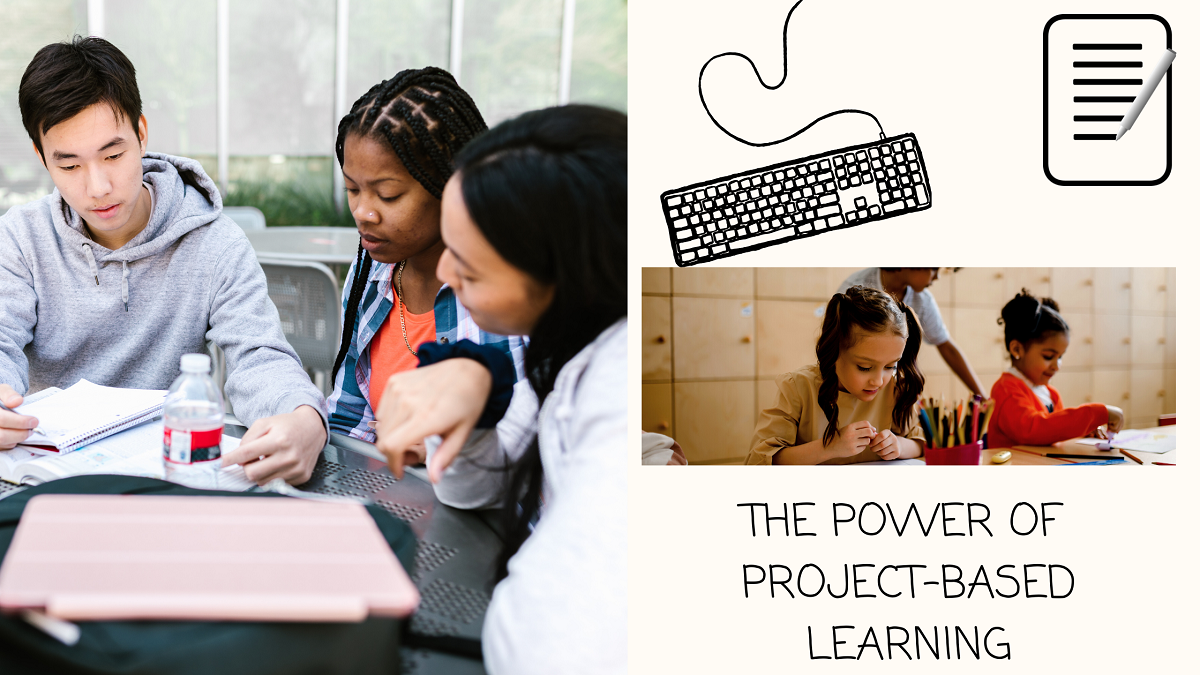
Ensuring equity in education is critical, more so given the recent rapid changes in how instruction is delivered and received. Every student, regardless of their abilities, should have a personalized learning program that supports their needs, and this is where Project-Based Learning (PBL) comes into play. PBL is a valuable approach to foster equity and fairness and promotes active engagement while helping to develop essential 21st-century skills such as critical thinking, creativity, collaboration, and problem solving.
PBL entails students working on meaningful projects related to their lives as active participants in their learning, fostering ownership, motivation, and excellence. PBL also offers unique benefits for students with learning disabilities, allowing them to showcase strengths which can boost their confidence. Collaborative projects also help students develop social and communication skills through peer support. Because of the personalized focus of PBL, students with and without disabilities collaborate, fostering empathy and appreciation for diverse perspectives, promoting inclusivity, and valuing the diverse and varied contributions of others.
Teachers play a vital role in effective PBL implementation. They design engaging projects, guide students, and provide necessary support. In their design process, teachers understand that projects should be meaningful, aligned with objectives, and include reflection and feedback. Real-world problem-solving is a key aspect of PBL because it cultivates critical thinking, creativity, and collaboration—skills crucial for success beyond the classroom. Students gain versatile abilities such as analysis, decision-making, and collaborative teamwork.
Incorporating technology elevates project-based learning experiences by offering students access to a vast array of digital resources, fostering digital literacy, and connecting them to real-world tools and data. This infusion of technology not only enhances engagement but also prepares students with valuable skills for the digital age, ensuring they are well-equipped for future academic and professional success.
Modern classrooms have a variety of educational technology and solutions to boost teaching and learning. How can they be used to enhance project-based learning?
Interactive Displays:
- Students collaborate to create presentations or multimedia projects using interactive displays to highlight their research findings or creative work.
- Design interactive educational games or simulations using interactive displays to deepen understanding of complex concepts.
- Collaboratively develop virtual tours or interactive maps using interactive displays to explore historical or geographical topics.
3D Printing:
- Students utilize 3D printing to prototype and create physical models or objects related to their project, such as designing and printing architectural models, scientific models, or prototypes for inventions.
- Integrate 3D printing by challenging students to address real-world problems and develop solutions that involve designing and 3D printing functional objects or parts.
Robotics:
- Students work in teams to design research incorporating robots that solve real-world challenges, such as using robots for environmental clean-up.
- Integrate robotics into PBL units by incorporating a robotics component, where students use robots to gather data, perform experiments, or complete specific tasks related to the project.
Classroom Audio:
- Use classroom audio systems during presentations or exhibitions to ensure that students' voices and presentations are clear and audible to the entire audience.
- Incorporate audio recordings as part of project deliverables, where students create podcasts, audio documentaries, or interviews related to their project topic.
Teacher Professional Development:
- Conduct PBL-focused professional development sessions to explore effective strategies for designing and implementing PBL units using technology available in the classroom or school.
- Provide opportunities for collaboration and the creation of interdisciplinary PBL projects that incorporate these technologies, leveraging expertise and resources.
Project-based learning helps all students, including those with learning disabilities. It promotes equity, engagement, and essential skill development. By embracing PBL in K-12 classrooms, teachers foster inclusivity, ensuring every student's success.
Explore our suite of solutions and services that will empower your teachers and students to do more in the classroom. Go to www.boxlight.com.


